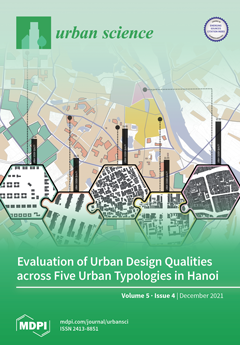As urban populations increase, there is growing interest in developing innovative technologies, sustainable urban farming practices, policy measures, and other strategies to address key barriers in urban agriculture that impede improved food security and sustained urban livelihoods. We surveyed forty urban farmers and
[...] Read more.
As urban populations increase, there is growing interest in developing innovative technologies, sustainable urban farming practices, policy measures, and other strategies to address key barriers in urban agriculture that impede improved food security and sustained urban livelihoods. We surveyed forty urban farmers and gardeners (growers) in Louisville, Kentucky, for base-level information to assess their agricultural practices and the various factors or key barriers that could influence such practices. Secondary objectives were identifying areas where practices could be improved, and identifying opportunities for research, outreach, and incentives for urban growers to transition to more sustainable and higher-yielding practices. The majority of these urban growers were white females, were more diverse than Kentucky farmers, and attained a higher degree of education than Kentucky residents as a whole. Most were engaged in urban agriculture for non-commercial reasons, and 11% were full-time urban growers operating farms for profit. Smaller farms were less likely to be operated for profit or have farm certifications than medium-sized or larger farms (Chi-squared = 14.459,
p = 0.042). We found no significant differences among farm sizes in terms of whether growers rented or owned the land they were on (Chi-squared = 9.094,
p = 0.168). The most common sustainable practices recorded were composting (60%), crop rotation (54%), polyculture (54%), organic farming (49%), and low or no-till (46%). The least common practices were alley cropping (5%), plasticulture (3%), and hydroponics (3%). Small farms were less likely to use crop rotation than medium-sized or large farms (Chi-squared = 13.548,
p = 0.003), and farms responding to the survey in the latter part of the data collection were less likely to use compost than expected based on responses from the early part of data collection (Chi-shared = 5.972,
p = 0.014). Challenges faced by these growers included limited space, accessibility to farm certification, presence of pests and diseases, and lack of record keeping and soil testing for fertility and contamination. Our study documents the need for more farm certification, education, outreach, training, research, investment, innovative ideas and solutions, collaboration among stakeholders, and better access to land through favorable urban policies and local support.
Full article





